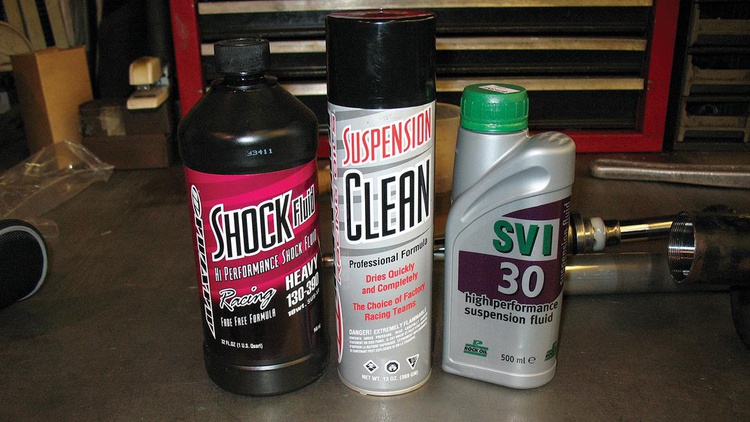[Editor’s Note: This article originally appeared in the August 2012 issue of Grassroots Motorsports.]
We’ve all heard the legends: wonderful, almost magical stories of speed secrets that unleash performance for a pittance. They’re usually told long after the race cars have left the protest shed and the trophies have been handed out. That’s the time when we’re most susceptible to myths about the creative stretching of the rules. No wonder some of these amazing cheats have graduated from rumor to tall tale with the passing of seasons.
We’re not sure if anyone ever really turned a roll cage into a nitrous bottle, nor do we know any racer who’s actually stuck a metal ballpoint pen into the dash vent of a Showroom Stock car to trigger different fuel maps on the ECU. Not that it matters—fact or fiction, these stories make for a fun conversation over a few beers.
It is said, however, that there’s a grain of truth in any urban legend. We decided to put one of our favorite rumored speed secrets to the test.
Change Your Oil—No, Your Other Oil
One of the most persistent performance fables involves shock absorbers. Back in the day, racing rules required that Showroom Stock competitors retain their cars’ factory dampers. Racers being racers, they looked for a way to upgrade their suspensions while skirting the rules.
Can a stock shock absorber’s performance really be improved by swapping its oil for thicker stuff? And—perhaps more importantly—can this trick be used by today’s low-buck enthusiast as an inexpensive handling upgrade?
Why It’s Supposed to Work
The main purpose of shock absorbers is to damp the movement of a car’s suspension springs—without them, the springs would continue to oscillate up and down, causing the car to behave like a bobblehead doll. From the outside, a shock absorber looks like merely a simple piece of tubing sporting some protrusions and fittings. Inside each shock absorber, however, there’s a shaft-mounted piston moving through oil. Small holes drilled through the piston itself, as well as one-way valves, determine how much force it takes for the shaft to move through…
Click Here to Read the Full Original Article at Grassroots Motorsports Online Articles…

